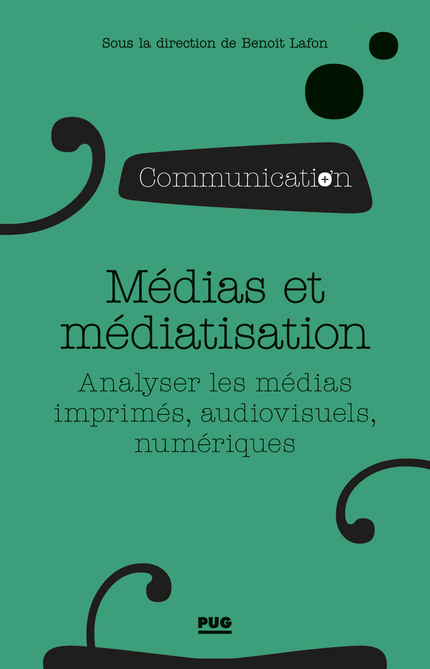Ces références peuvent s'avérer utiles lors de l'analyse de la presse ou des médias.
Analyser le discours de presse
ISBN: 9782200288549L'analyse de contenu
ISBN: 9782130627906 Manuel d'analyse de la presse magazineISBN: 9782200620905
Manuel d'analyse de la presse magazineISBN: 9782200620905Analyzing Media Messages: Using Quantitative Content Analysis in Research
ISBN: 9781003288428Content Analysis
ISBN: 9780190215491Content Analysis: An Introduction to Its Methodology
ISBN: 9781506395661The Content Analysis Guidebook
ISBN: 9781412979474The Handbook of Visual Analysis
ISBN: 9780761964773Qualitative Media Analysis
ISBN: 9781452230054The Palgrave Handbook of Methods for Media Policy Research
ISBN: 9783030160647The SAGE Handbook of Visual Research Methods
ISBN: 9781473978003Social Media Data Extraction and Content Analysis
ISBN: 9781522506485Using Visual Data in Qualitative Research
ISBN: 9781473913196



